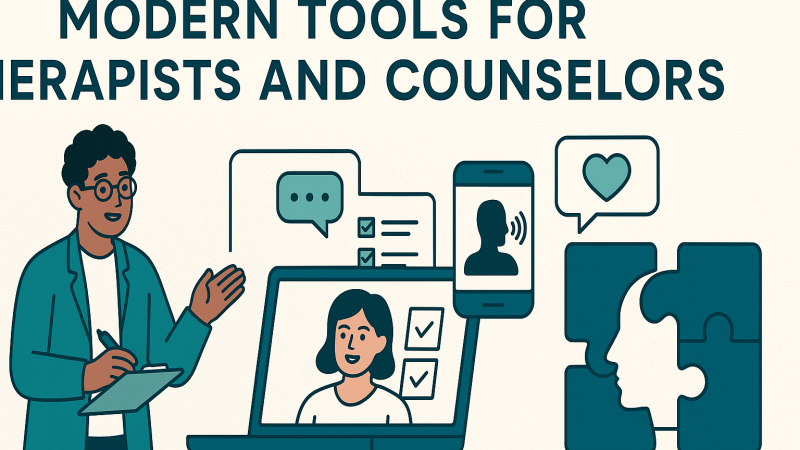Tips for Preparing a Professional Presentation
Imagine delivering a presentation that captivates your audience, leaving a lasting impression and effectively conveying your message. You can transform your presentation into a professional masterpiece with careful preparation and attention to key aspects. In this article, we will explore essential tips, strategies, and professional presentation skills to help you prepare a professional presentation that engages your audience and delivers your message with Impingement. Backed by credible sources, we will detail each aspect, ensuring you have all the tools you need to excel. So let’s get started and discover the keys to conquering the art of professional presentations.
Understand Your Audience and Purpose
Understanding your audience and their expectations is critical for delivering a great presentation. You may personalize your content and approach your audience by researching their demographics, interests, and expertise level. Identify the purpose of your presentation, whether it’s to inform, persuade, or entertain and keep that objective in mind throughout your preparation process.
Plan and Structure Your Presentation
A well-structured presentation keeps your audience engaged and ensures a smooth flow of information. Begin with a compelling opening that grabs attention and introduces your topic. Using a clear and succinct framework, organize your information rationally. Break down complex ideas into smaller, digestible sections using professional templates for ppt in your presentations, and use effective transitions to guide your audience.
Choose a Professional Design Template
Visual appeal plays a vital role in creating a professional presentation. Choosing a clean and professional design template establishes the tone for your unified presentation. Avoid overwhelming designs that divert attention from your message. Instead, opt for a template that enhances readability and complements your content. Reputable presentation software provides a range of templates for PowerPoint, ensuring a polished and cohesive look.
Use Consistent and Clear Formatting
Consistency in formatting is necessary for maintaining a professional look. Use a consistent font type, size, and color scheme throughout your professional PowerPoint presentation. Ensure text and graphic elements are properly aligned and spaced. Utilize bullet points and subheadings to organize information.
Incorporate High-Quality Images and Graphics
Visuals are powerful tools that enhance audience engagement and can help with information retention. Use high-quality images and graphics in your PowerPoint presentation that support your message and add visual interest. Avoid overcrowding slides and focus on relevant visuals that reinforce key points. Cite the source of any images or graphics used to adhere to copyright guidelines and maintain credibility.
Craft Engaging and Concise Content
Content is the heart of your presentation. Craft concise and impactful information that keeps your viewers interested. Avoid jargon and convoluted terminology that may confuse your readers by using plain and straightforward language. Focus on delivering your message compelling and relatable, using storytelling techniques or personal anecdotes to illustrate key points.
Utilize Effective Professional Presentations Slide Transitions, and Animations
Slide transitions and animations can enhance your Professional PowerPoint presentation’s flow and visual appeal. Use them carefully and with intention, ensuring they assist your message rather than being a distraction. Smooth transitions between PowerPoint slides and subtle animations can maintain the audience’s attention and create a seamless experience.
Practice and Rehearse Your Presentation
Practice makes perfect when it comes to presentations. Rehearse your presentation several times, paying close attention to your speech, timing, and body language. Stand up and speak aloud to simulate the actual presentation setting. Pay attention to your tone, pace, and gestures, ensuring they align with your intended message. Practicing will boost your confidence and help you deliver a polished presentation.
Prepare for Technical Difficulties
Technical glitches can happen even in the most well-prepared professional presentations. Be prepared by having backup plans in place. Keep a copy of your presentation on multiple devices or in cloud storage. Carry necessary adapters and cables for connectivity. Arrive early to set up and test the equipment to verify that everything works correctly. Familiarize yourself with the venue’s audiovisual setup and troubleshoot any issues in advance. Preparing for technological challenges will reduce distractions and allow you to concentrate on giving your presentation.
Engage Your Audience with Effective Delivery Techniques
Your delivery plays a crucial role in captivating your audience. Maintain eye contact and utilize confident body language to connect with your audience. Incorporate vocal variety to add emphasis and convey enthusiasm. Incorporate interactive features like as questions, polls, or group activities to encourage audience engagement. By actively engaging your audience, you create a memorable and interactive experience.
Incorporate Relevant Data and Statistics
Support your key points with credible data and statistics to enhance the credibility of your professional presentation. Incorporate relevant research findings, industry trends, or case studies to provide evidence and reinforce your arguments. Cite credible sources to verify the quality and dependability of the data supplied.
Include Clear and Impactful Headings and Subheadings
Clear and impactful headings and subheadings help guide your audience through your presentation and make key points stand out. Use concise and descriptive headings that provide a glimpse of the content within each section. Consider using a larger font size or a different font style to differentiate headings and subheadings from the body text.
Maintain a Professional Tone and Language
Professionalism in both tone and language is crucial for establishing credibility and connecting with your audience. Use straightforward wording, simple, and error-free. Slang, colloquialisms, and highly technical phrases should be avoided as they may alienate or confuse your readers. Strike a balance between professionalism and approachability to create a relatable and engaging presentation.
Pay Attention to Timing and Pace
An effective presentation requires good time management. Plan your presentation to fit inside the time provided, leaving room for questions and engagement. During rehearsals, practice your timing to produce a smooth and well-paced performance. Refrain from rushing through content or exceeding the time limit, as it may hinder audience comprehension and engagement.
Check for Errors and Proofread Your Presentation
Proofreading is essential to catch any spelling, grammar, or formatting errors that may undermine the professionalism of your presentation. Carefully review each slide, paying attention to details such as font consistency, alignment, and punctuation. Consider having a coworker or friend evaluate your presentation for a second opinion.
Seek Feedback and Make Improvements
Feedback is an important tool for growth and development. Seek feedback from trusted colleagues, mentors, or audience members to gain insights into your presentation style and effectiveness. Take constructive criticism positively and make necessary adjustments to enhance future presentations.
Utilize Effective Closing and Professional Presentation Slides
End your presentation on a strong note by summarizing key takeaways and reinforcing your main message. Make a compelling ending statement that will make an impression on your audience. Include a call-to-action PowerPoint slide, prompting your audience to take the next steps, whether it’s visiting a website, signing up for a newsletter, or engaging in further discussion.
Tips for Presenting Virtually or Remotely
With the rise of virtual presentations, adapting your skills for remote settings is essential. Ensure a stable internet connection, test your audio and video setup, and use a professional presentation background. Engage your virtual audience through interactive tools, chat features, or virtual whiteboards. Practice screen sharing and transitions to ensure a seamless experience.
Conclusion
Preparing a professional presentation requires careful consideration of various elements, from understanding your audience and purpose to utilizing effective delivery techniques. By following the tips defined in this article, you can create a professional powerpoint presentation that indelibly affects your audience. Remember to plan and structure your presentation, incorporate visuals and engaging content, practice and rehearse, and seek feedback for continuous improvement. With dedication and practice, you’ll become a master at captivating your audience and delivering powerpoint presentations professionally that resonate with your listeners. So go ahead, embrace these tips, and unleash your presentation prowess.





